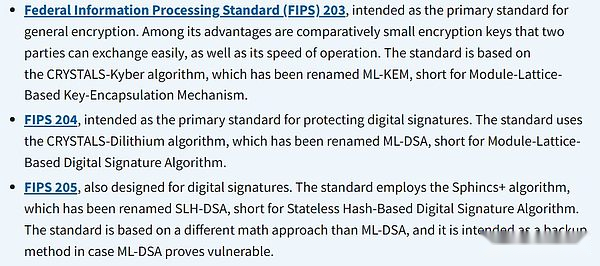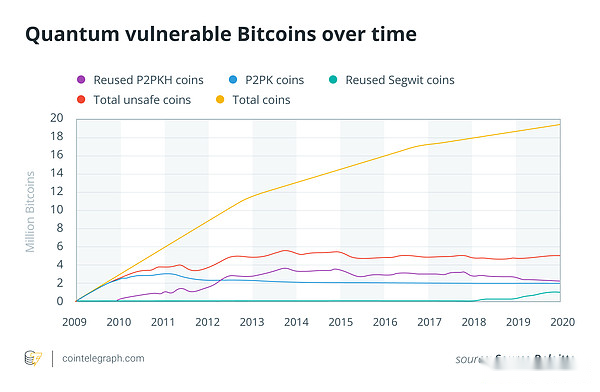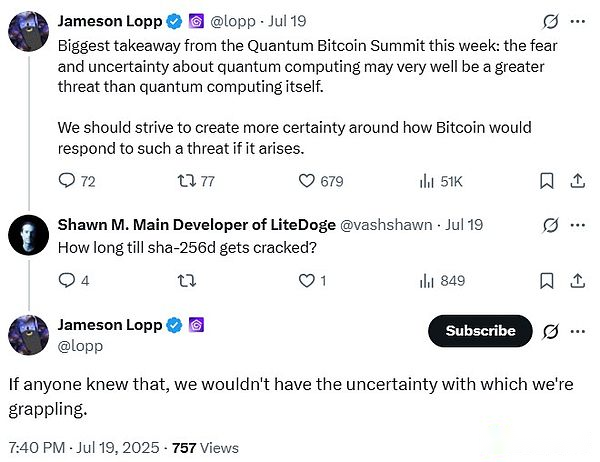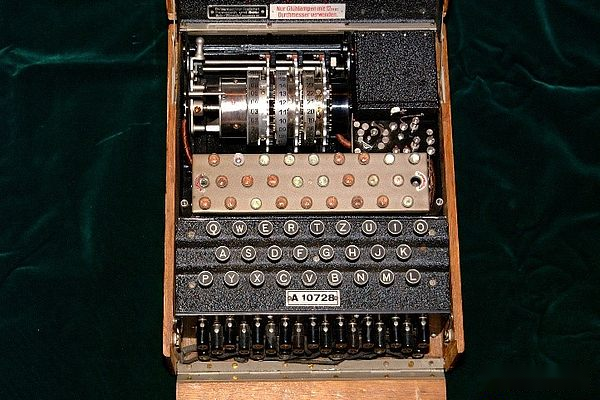
Author: Yohan Yun, Source: Cointelegraph, Compiler: Shaw Bitcoin Vision
If a quantum computer capable of breaking modern encryption came online today, Bitcoin would likely be attacked—and no one would know.
“Everything looks like legitimate access,” said David Carvalho, CEO of post-quantum infrastructure company Naoris Protocol. “By the time you think you’re seeing a quantum computer, it’s been in control for months.”
“You don’t even know,” he said.
Researchers at IBM, Google and government-backed labs are racing to close that gap, but time is running out.The National Institute of Standards and Technology (NIST) has begun approving post-quantum algorithms, while most public blockchains still rely on cryptography designed in the 1980s.
For now, this is only a theoretical threat.But Carvalho warned that once the theory becomes reality, Bitcoin’s defenses will collapse faster than the network’s ability to respond.

How Quantum Attacks Could Hack Bitcoin
Bitcoin’s core security relies on the Elliptic Curve Digital Signature Algorithm (ECDSA), an encryption standard first proposed in 1985.The system allows users to prove ownership using private keys, while only the corresponding public keys are visible to the network.
Using Shor’s algorithm, a sufficiently powerful quantum computer could theoretically recover the private key directly from the public key.This would allow an attacker to access any wallet whose public key has been exposed on-chain, such as those used in early Bitcoin transactions.
“It’s impossible to prove that a quantum computer did it because it had legal authority,” Carvalho said. “You would just see those coins move as their owners decided to spend them.”
Kapil Dhiman, CEO and founder of Quranium, a Layer-1 blockchain startup focused on post-quantum security
The warning is that the earliest and most obvious victims will be the oldest wallets.
He said: “Satoshi Nakamoto’s Bitcoins are like lambs waiting to be slaughtered. If these Bitcoins do something, confidence in Bitcoin will completely collapse before the system collapses.”

In this case, the blockchain will continue to process transactions normally.Blocks will be mined and the ledger will remain intact, but ownership will quietly change hands.
Today’s reality is that more powerful GPUs and more advanced algorithms have made brute force cracking slightly more efficient.However, the ECDSA algorithm using Bitcoin’s 256-bit key is still far beyond the limits of traditional computing power.
Bitcoin lags behind TradFi in post-quantum crypto
While banks, telecom networks and government agencies are already testing post-quantum cryptography, most major blockchains still rely on technology from the 1980s.
“All blockchains have identified this vulnerability as the root cause,” Diman said, referring to the risk that current encryption methods like ECDSA could be broken by quantum computers.
Transforming Bitcoin into a quantum-resistant model will require an overhaul of the network’s consensus rules, which will require extensive coordination among miners, developers, and users.
Researchers have put forward a number of early proposals, including Bitcoin Improvement Proposal 360, which outlines potential pathways for the adoption of new encryption schemes, and the Post-Quantum Migration and Legacy Signature Sunset proposal, which would phase out legacy signature schemes.Ethereum developers have also explored lattice-based signatures and other quantum-resistant schemes, but have not yet implemented them.

In traditional finance, this shift is already underway.The U.S. National Institute of Standards and Technology (NIST) has approved the algorithm, and JPMorgan has teamed up with Toshiba to test a quantum-safe blockchain.SWIFT has begun providing post-quantum security training for its network.
“Traditional finance is actually in the lead,” Carvalho said.“They have central control, a budget and a single authority that can drive upgrades. Cryptocurrencies don’t have that. Everything requires consensus.”
Some newer blockchain projects have positioned themselves as quantum-safe from the start.The Naoris protocol, led by Carvalho, was mentioned in a separate proposal submitted to the SEC to discuss post-quantum standards, while Diman’s Quranium uses a NIST-approved digital signature algorithm based on stateless hashing.Meanwhile, the Quantum Resistant Ledger is a blockchain built on XMSS hash signatures (now a NIST standardized algorithm).
What happens if Bitcoin fails the quantum test
For ordinary Bitcoin holders, the main concern is a sudden collapse in confidence, which could cause prices to plummet and ripple through traditional markets, where institutional adoption of cryptocurrencies is accelerating.
“The likelihood now that it has been leaked is not zero,” Carvalho said. “But the consensus in the scientific community, the research community and the military is that that didn’t happen.”
During World War II, Nazi Germany used the Enigma cipher machine, which was considered unbreakable at the time.But cryptanalysts led by Alan Turing and his team at Bletchley Park quietly cracked it.The Allies kept the breakthrough secret so that Germany could continue to use the code.

“By the time you think you see a quantum computer, it’s actually been in charge for months,” Carvalho warned.
But experts remain optimistic that quantum-safe blockchain systems are achievable, and the industry is trying to align with standards already adopted in traditional finance.
“Quantum-safe systems are possible,” Dieman said.“We just need to start building threats before they become reality.”
For now, quantum threats remain theoretical.Bitcoin’s encryption is still strong, and computers capable of breaking it only exist on paper.







